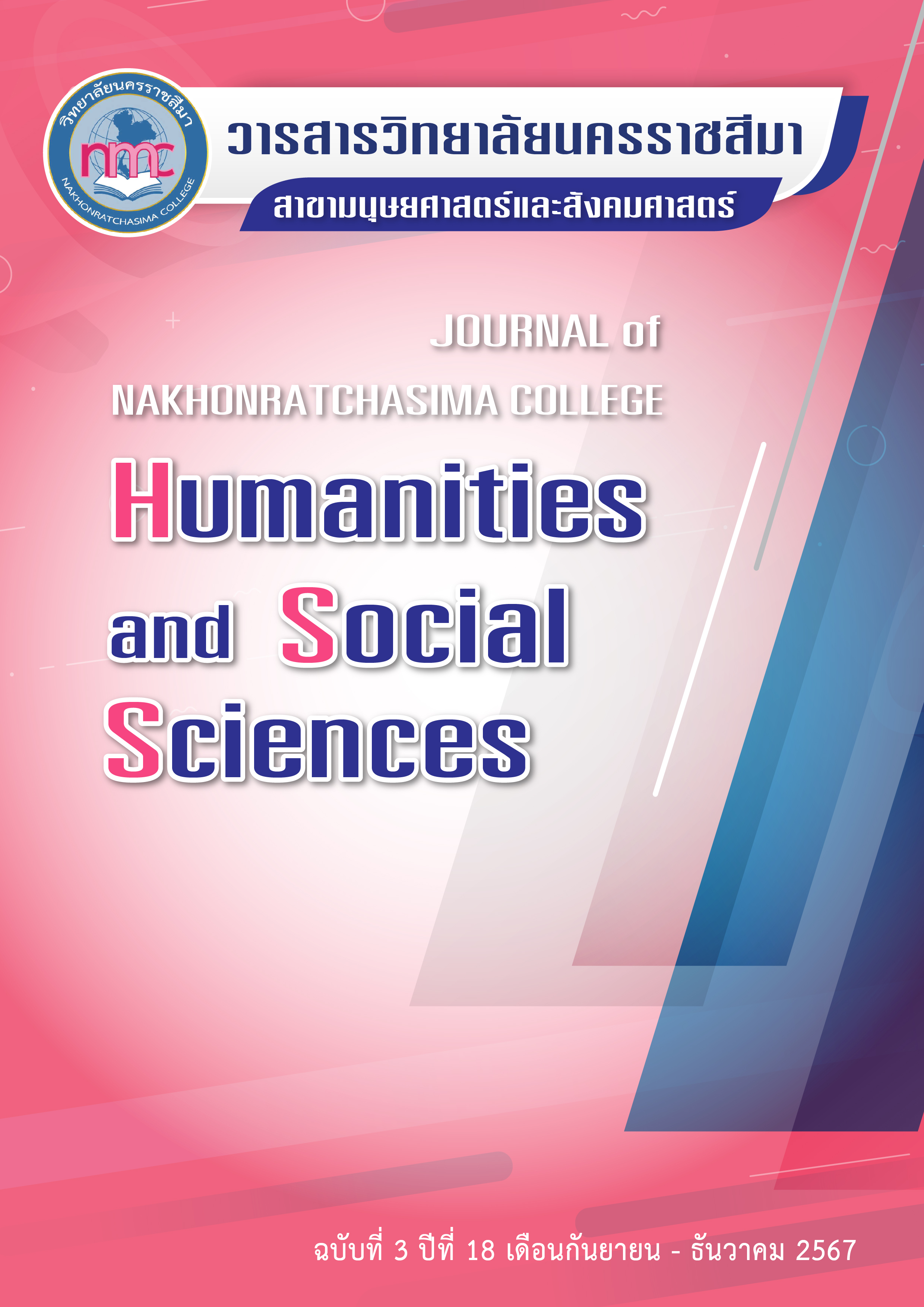The Influence of Challenge-Hindrance Stressors and Job Crafting on Employee Innovation in Chinese High-Tech Enterprises
คำสำคัญ:
Challenge-Hindrance Stressor, Job Crafting, Innovative Behaviorบทคัดย่อ
At present, innovation has become a key factor to promote the sustained economic growth of all countries. If enterprises want to survive, develop and grow, the key lies in continuous innovation to enhance competitiveness. Employees are the main force of enterprise innovation activities, and whether their creativity can be fully developed has a crucial impact on the development of enterprises. However, with the continuous improvement of the requirements of employees, the work pressure faced by employees is also gradually increasing. This study was searched on quantitative method based on the relevant theories of management and psychology, this paper discusses how challenging and hindering stress and job crafting jointly affect employees' hindrance stressor. The empirical results show that Challenge Stressor positively affects job crafting and employee hindrance stressor, and obstructive stress negatively affects job crafting and employee hindrance stressor. Job crafting positively influences employees' hindrance stressor, and mediates the relationship between Challenge Stressor, obstructive stress and employees' hindrance stressor.
References
Cao, Y., & Zhou, H.Z.(2021). Research on the influence of work stress on employees' hindrance stressor: the mediating role of psychological distance and the moderating effect of employment relationship atmosphere. Science and Management of Science and Technology. (12),163-176.
Cavanaugh, M. A., Boswell, W. R., Roehling, M. V., & Boudreau, J. W. (2000). An empirical examination of selfreported work stress among u.s. managers. Journal of Applied Psychology, 85(1), 65-74.
LePine, M. A., Zhang, Y., Crawford, E. R., & Rich, B. L. (2016). Turning their pain to gain: Charismatic leader influence on follower stress appraisal and job performance. Academy of Management Journal,59(3), 1036-1059.
Li, G., & Chen, Y. (2022). The impact of perceived excess of qualifications on the hindrance stressor of the new generation of post-90s employees. Research Management, 43(1), 184.
Liu, Y., Ye, L., & Guo, M. (2019). The impact of job crafting on employee creativity in Chinese context. Soft Science, 33(5), 87-91.
Liu, Y., Yang, D., & An, Y. (2019). The relationship between challenging and obstructive stress and job well-being: a mediating role based on job crafting. Contemporary Economic Management, 41(8), 77-84.
Wang, T., Chen, C., & Song, Y. (2019). The "double-edge" effect of Challenge Stressors on employee hindrance stressor. Nankai Management Review, 22(5), 90-100.
Wrzesniewski A, Dutton J E. Crafting a job: Revisioning employees as active crafters of their work. Academy of Management Review, 2001, 26(2): 179-201.
Tims, M., & Bakker, A. B. (2010). Job crafting: Towards a new model of individual job redesign. SA Journal of Industrial Psychology, 36(2), 1-9.
Tims, M., Bakker, A. B., & Derks, D. (2012). Development and validation of the job crafting scale. Journal of Vocational Behavior, 80, 173–186.
Zhou, L. , Yang, K. , Wang, Z. , & Luo, Z. . (2019). When do employees speak up under job stressors? exploring the potential u-shaped relationship between hindrance stressors and voice behavior. Frontiers in Psychology, 10, 2336.
Downloads
เผยแพร่แล้ว
How to Cite
ฉบับ
บท
License
จรรยาบรรณผู้เขียนบทความ
ผู้เขียนบทความต้องรับรองว่าบทความนี้ไม่เคยตีพิมพ์ในวารสารใดหรือสิ่งพิมพ์อื่นๆ มาก่อน ต้องไม่คัดลอกผลงานผู้อื่นมาปรับแต่งเป็นบทความของตน และไม่ได้อยู่ระหว่างการเสนอเพื่อพิจารณาตีพิมพ์ อีกทั้งยอมรับหลักเกณฑ์การพิจารณาและการตรวจแก้ไขบทความต้นฉบับโดยกองบรรณาธิการวารสารวิทยาลัยนครราชสีมา สาขามนุษยศาสตร์และสังคมศาสตร์
บทความทุกเรื่องได้รับการตรวจพิจารณาทางวิชาการโดยผู้ทรงคุณวุฒิที่มีประสบการณ์และมีความเชี่ยวชาญตรงตามสาขาของบทความ ซึ่งผู้เขียนต้องแก้ไขตามคำแนะนำของผู้ทรงคุณวุฒิภายในระยะเวลาที่กำหนด หากไม่เป็นไปตามกำหนดกองบรรณาธิการขอสงวนสิทธิ์และยกเลิกการตีพิมพ์โดยจะแจ้งให้ทราบต่อไป
ข้อความที่ปรากฏในบทความของวารสารนี้เป็นความคิดเห็นของผู้เขียนซึ่งไม่เกี่ยวข้องกับวิทยาลัยนครราชสีมาแต่อย่างใด และกองบรรณาธิการขอสงวนสิทธิ์ในการพิจารณาและตรวจประเมินบทความเพื่อตีพิมพ์ในวารสารของวิทยาลัยนครราชสีมา สาขามนุษยศาสตร์และสังคมศาสตร์


